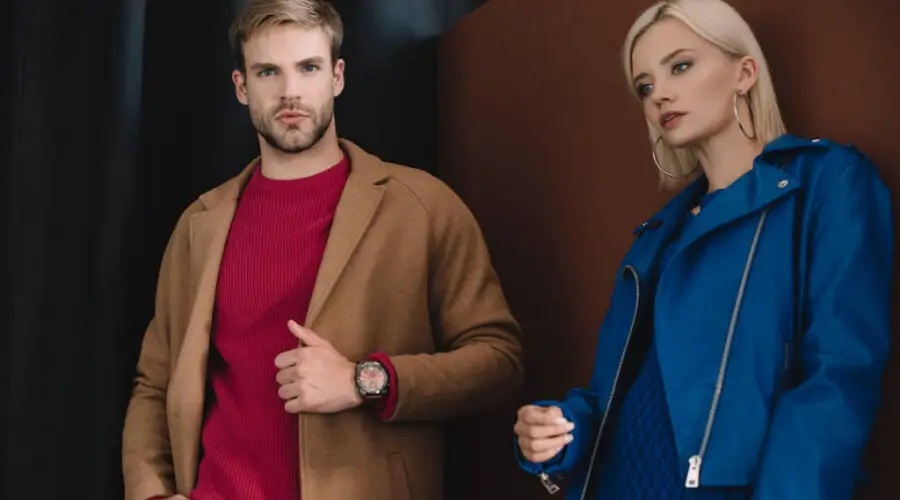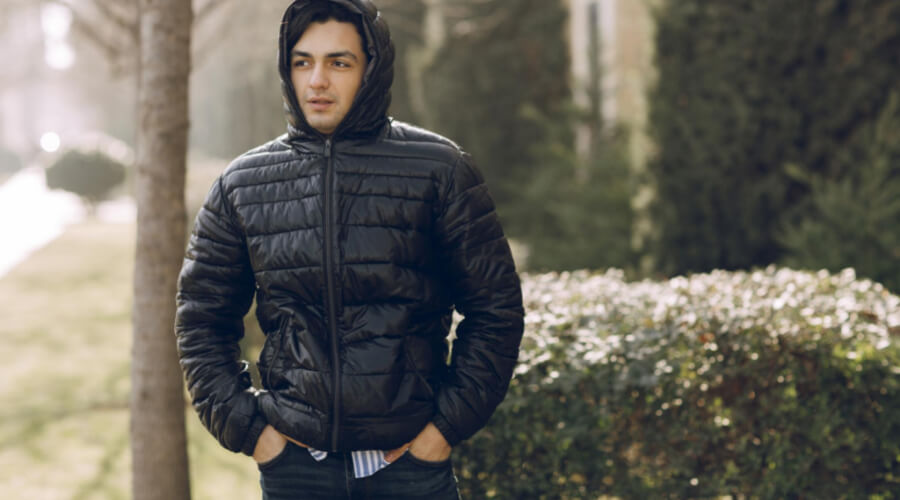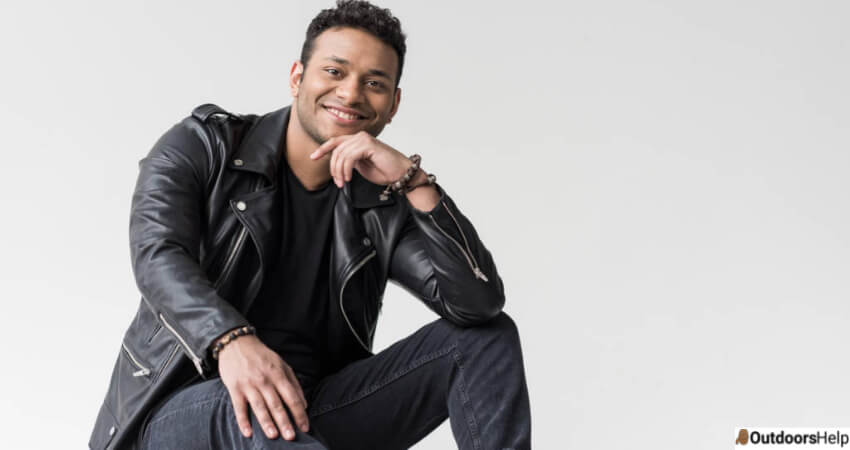Different seasons necessitate different attire. Every one of us has different outfits for various seasons and events. Warm seasons necessitate heavy clothing, whereas cold seasons necessitate light clothing.
Coats and jackets play an integral role of providing warmth, comfort, and style whenever you use them the correct way.
Are Coats & Jackets The Same Thing?
The distinction between a jacket and a coat is a frequently asked subject in the fashion world. Many people assume these are the same terms, and they often get used as synonyms in many contexts. Both terms, however, have a definition and are distinct from one another, of which few people are aware. Many people confuse the two terms, although this is incorrect.
Coats and jackets are both worn over other garments. They’re both long-sleeved and keep you warm. However, the two terms refer to two quite distinct types of clothing. So, what is the distinction?
Definition Of A Coat And A Jacket
Only those working in the fashion and design sectors understand the distinction between jackets and coats. Gents, ladies, and kids of all ages wear these two clothes. The most significant difference between a jacket and a coat, in simple terms, is the length of these two garments, but to grasp the distinctions between two clothes, you must read this post until the end.
We have discussed the fundamental characteristics that make a jacket and coat different according to fashion gurus, but first, let’s look at what a jacket and coat are and how they are defined.
What Is A Coat?

The term coat refers to an outerwear garment that reaches from the neck to the waist and has full sleeves. Coats are often longer than clothing. The origins of this garment have its tracings back to the 18th and 19th centuries. In the early nineteenth century, fashionistas separated the coat into two varieties: undercoats and overcoats. However, in the twenty-first century, these two types are regarded as one since someone can use a coat to describe undercoats and topcoats. The terms coats and jackets became confusing for individuals in the mid-twentieth century since it was difficult to distinguish between the new jackets and coats. A coat is a long item of clothing used by both men and women in the winter to add style and warmth. Pea coats, down coats, and trench coats are the best examples of coats. They all almost fall below the knee at points, from the mid-thigh to below.
What Is A Jacket?

The phrase “jacket” is a generic name for a specific sort of undercoat. It is winter clothing worn on top of other clothes and stretches from the neck to the waist and hips. The primary function of this piece of clothing is to keep you warm on chilly days; however, jackets are often worn in the summer for casual flair. Jackets were initially developed as winter clothing, but as time progressed, various jackets began to appear on the market. Jackets are no longer used to keep you warm; instead, they have evolved into a fashion statement. In British English, the modern jacket worn with a suit is a lounge jacket, while in American English, it is called a sack coat. The employment of lounge jacket terminology is common when the world addresses British English. The word jacket is derived from the French word ‘Jaquet,’ which means ‘lightweight tunic.’ In modern times, this translates to a leather jacket, denim jacket, or Harrington jacket, albeit not precisely.
The Most Significant Differences Observed Between A Jacket And A Coat
1. The length of a coat is greater than that of a jacket. A jacket reaches the waist, but a coat has its length to the thigh or even longer. However, the length differs between men and women. Jackets for women are usually long enough to reach the waist or a little above the waist, whereas jackets for men get to the waist or a bit longer below the waist. When it comes to coats, they are more extended than jackets. Coats can sometimes be long enough to reach the knees or even below the knees.
2. The jacket’s materials are soft and silky; however, the coat’s material is slightly rough and can shrink rapidly.
3. Coats are typically worn to keep warm while attending social meetings with friends and coworkers, attending parties, or participating in informal activities. During business meetings, banquets, and conferences, jackets are worn professionally. When worn, they provide anyone with a stylish and gentlemanly appearance.
4. Coats can be worn with non-matching trousers, while jackets must be worn with matching pants.
5. Jackets are often used in the winter, although coats are worn in summer and winter.
6. A jacket’s padding is more evident. A coat’s padding isn’t apparent, and some jackets aren’t quilted at all.
7. Jackets can be manufactured of any fabric, although synthetic fibers like polyester and lightweight cotton are the most prevalent. Coats can be made of any fabric, although they are most commonly constructed of a heavier, thicker, and warmer material like wool.
8. Jackets often feature a metal zip, although they can also have other closures, such as tiny buttons. Coats are fastened with a button or toggle. They have a belt in some circumstances, especially on trench coats.
The Ambiguity Of A Jacket And Coat
1. They’re both worn on top of other outfits.
2. Both can be worn during the winter months.
3. Both can have lengthy sleeves.
4. Both are open in the front and have buttons, zippers, or belts to close them.
5. Both are unisex clothing items; hence men and women can wear them.
Conclusion
Although the terms have become jumbled and interchangeable in modern times, this article has clarified the significant differences between a conventional coat and a jacket and the characteristics that lend themselves to one or the other.
Though, commonly, you’ll confuse the words jacket and coat in everyday speech, understanding the differences might assist you to focus your search if you’re looking for the right one online.

